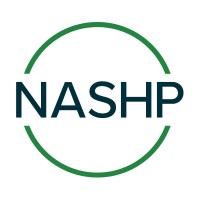
Clean Grid Alliance
Clean Grid Alliance's mission is to advance renewable energy in the Midwest. We work to create new opportunities for renewables to participate in the energy marketplace in nine Midwestern states, including Illinois, Indiana, Iowa, Michigan, Minnesota, Missouri, North Dakota, South Dakota, and Wisconsin. We do this by bringing our diverse membership of clean energy advocacy organizations and businesses together toward our vision of delivering a renewable energy future and leveraging our technical expertise to expand markets and build support. Launched in 2001 to create a “road to market” for wind energy, Clean Grid Alliance has broadened its scope of work to also include solar, storage and other emerging technologies. Our work continues to concentrate on policy and technical aspects of connecting wind, solar, storage, and hybrid projects to the transmission grid and delivering that renewable energy to market. We do this by focusing on transmission planning, creating equitable rules that govern the use of the electric grid, laying the public policy foundation on which to build a robust renewable energy future in the Midwest, and educating key decision makers at state regulatory agencies and legislatures as well as the general public about the benefits of renewables. Clean Grid Alliance is working to: * Create new opportunities for renewables to participate in the energy marketplace * Drive grid policy and transmission planning * Conduct broad education and outreach activities in the Midwest Clean Grid Alliance is a non-profit organization whose members include wind, solar, and storage developers and manufacturers, non-profit environmental, public interest and clean energy advocacy organizations, farmer organizations, and other businesses that support renewable energy. Clean Grid Alliance is the leading clean energy advocacy group in the Midwest, and the regional affiliate of the American Clean Power Association.






